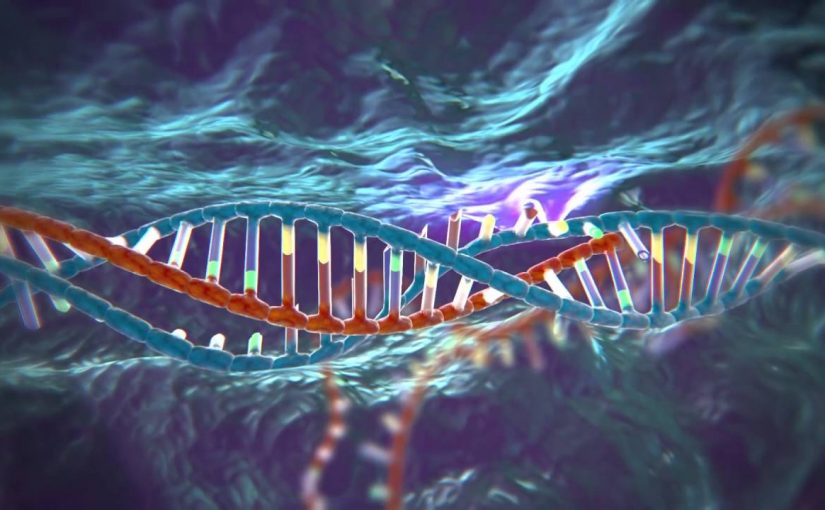With potential applications in everything from gene therapy, drug research and diagnosing viruses Clustered Regularly Interspaced Short Palindromic Repeats (CRISPR) is at the front of the medical world’s mind. But what is CRISPR and why all the hype?
What is CRISPR?
CRISPR is repeated chunks of DNA in bacteria. Like animals, bacteria are subject to viral infections. Bacteria use the CRISPR regions as a storage location for snippets of viral DNA after infection – a database of unfriendly viral DNA. By having this on file, the bacteria speed up their fight against future infections by similar viruses.
CRISPR technology is built off these sections of DNA. It involves a “DNA key” that binds to a section of DNA and an enzyme called Cas-9 that cuts and removes the bound section of DNA. Once removed, DNA manufactured by scientists can be inserted into the gap.
This means that for people with genetic conditions including cancer, it may one day be possible to remove mutated DNA and replace it with a corrected piece of genetic material.
Dr Le Cong from the Broad Institute at MIT is a world leader in CRISPR technology. He recently presented at the HGSA Conference in Hobart on the topic and says,
“Until now we could only read the genetic book inside us. CRISPR could give us a chance to sub-edit the text. It has the potential to offer improved treatment and more accurately diagnose disease and infection.”
Improving cancer treatments
Human trials into using CRISPR to treat cancer are on the horizon. Cancer cells are effective at supressing the immune response, which allows them to multiply without drawing attention. Researchers hope CRISPR will be able to make genetic edits that will boost this response.
Scientists will harvest a type of immune cell, known as T-cells, from a cancer patient’s blood and then use CRISPR to edit them so they can better recognise cancer cells. These will then be put back into the patient to hunt and kill tumour cells.
Fighting the Zika virus
Dr Cong says that the technology can also be used to improve diagnosis. CRISPR can be used to identify regions of DNA without inserting new genetic material. This could provide extremely accurate diagnosis of disease and infections, early.
Earlier this year a study was published in Cell that showed CRISPR could be used to diagnose Zika virus. Dr Cong has been involved in similar research into using CRISPR for HIV diagnosis. If the technology is proved successful, the possibilities are endless.
Dr Cong is careful to point out, though, that despite the rapid pace of research, it is still early days. There are ethical concerns to work through regarding human genetic editing. And human trials require long periods of research and big investment. But the discovery has been made. And many believe it’s just a matter of time before we learn how to effectively harness CRISPR to bring real solutions to patients.

